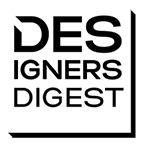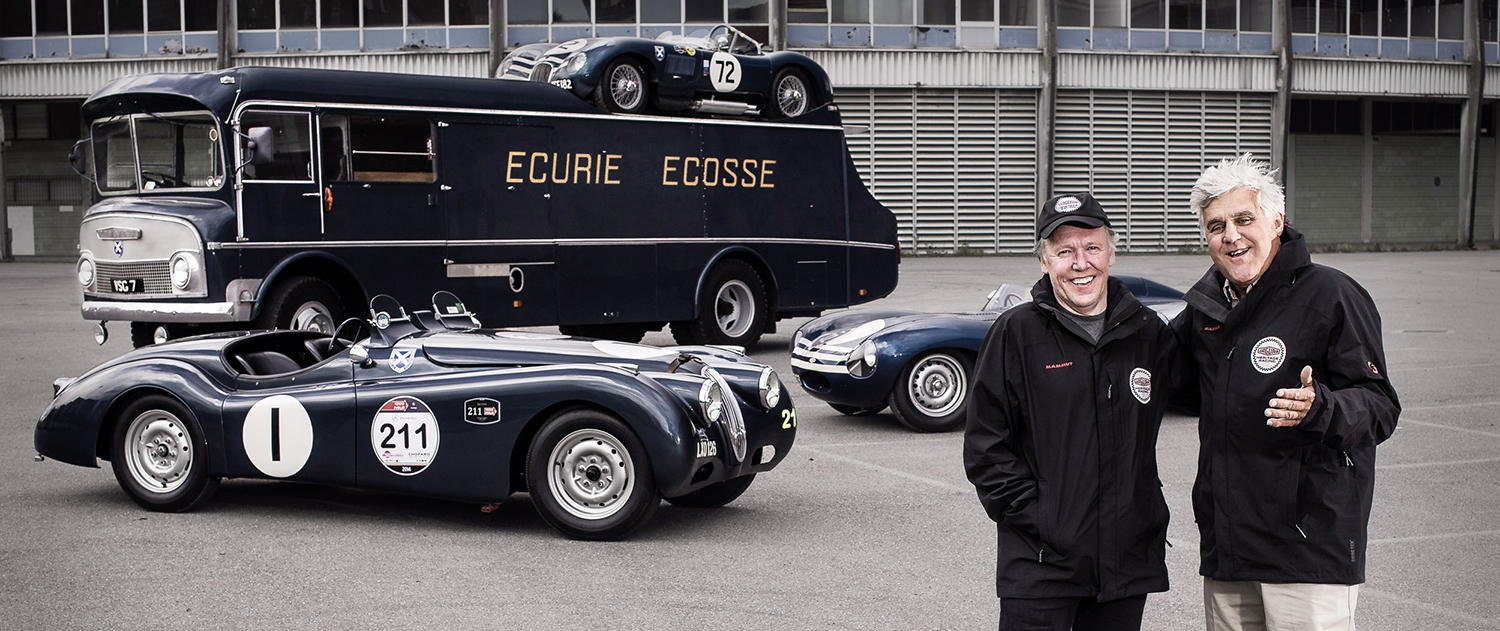LinkedIn hat mehr als 300 Millionen Mitglieder weltweit. Als social-platform fokussiert auf Menschen, die etwas zu sagen haben. LinkedIn hat noch etwas: Eine sorgsamst gepflegte Liste von ‚thought-leaders’. Menschen, deren Wort in der Welt Gewicht hat. U.S.Präsident Barack Obama, Richard Branson und Bill Gates und andere. Auf dieser Liste steht seit Kurzem auch Ian Callum. Jaguar Design Director.
Hier seine erste Nachricht im Original, ein flammendes Pladoyer für Design:
Any company can apply a design to its ethos, no matter what it does. Its presentation to the world is important. But ‘get the designer in, solve that problem, tick the box’ – that’s not the way to do business. You need good people, who understand the products they’re designing, with empathy. Companies that think it’s just a box to tick are in real danger of never appealing to the greater public. It’s that simple. Companies that do it badly, or don’t do it at all, are missing an opportunity – a huge opportunity. First, we need to define what design is. For me the whole process of design is bringing together all the facts, challenging some and creating something out of the facts you have to deal with – including legislation, physics, everything. To create something that’s desirable. The essence of that is to create something that works for people and that is desirable, which is further wrapped up in emotional considerations. Most cars now are bought on some emotional level – whether it’s to make a statement or because it makes the customer simply feel comfortable.
Recently I took part in the Mille Miglia with Jay Leno – a 1,000 mile endurance event across Italy, in a heritage Jaguar XK120. Being in a dynamic car like that, that looks as beautiful as it drives, with great company in a stunning part of the world – that’s about as emotional an connection with a product as it’s possible to get. That’s the sort of experience I draw on in my design ethos – to harness that real-world, visceral connection and to inspire my next project. Quantifying an emotional impact is hugely difficult though. We live in a metric world – I’m measured metrically, as you probably are too. The cost and timing of my process and making it more efficient – we can measure those. But how do we measure the success of design? We put our design into marketing clinics prior to production and measure the response against other cars. Sometimes the process feels like an intrusion on my design, but as I’ve matured, I listen more.
Once we’ve quantified successful design, how do we know where design fits within a business? That probably depends on your business. Someone said to me ‘surely form should always follow function?’ My reply was, ‘one of Jaguar’s functions is to be beautiful.’ So it has to take priority – that’s our raison d’etre. For any car company, if it doesn’t have design, or it doesn’t look right, or doesn’t feel right, it won’t sell – it’s that simple. It has a direct commercial result. Why do we buy iPhones? Because they look great. It is all about the emotional connection and that is why design has become more important. Everything is designed, but some things are designed better than other things. The essence of good design is form, functionality and desirability. It has to find the balance. You have to know what that balance is going to be before you start. For car manufacturers, many of the facts are very much the same and the defining factor of whether someone is going to want that car could very well be its design.
To me, the design tells the story of the brand, of the customer and the people who make it. Get it wrong and your brand equity will suffer, the competition will devour you and the slippery slope begins to be unavoidable. For me, design is such an intrinsic part of business that I don’t believe any business can succeed without it.
However you judge success, companies that don’t have any design, let alone good design – you do that at your peril.

